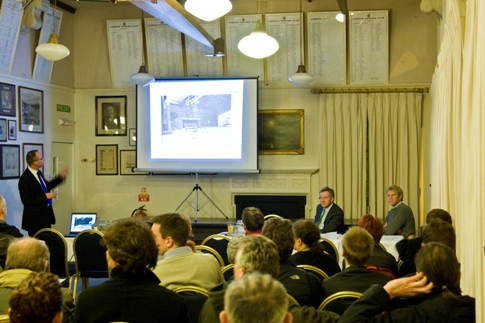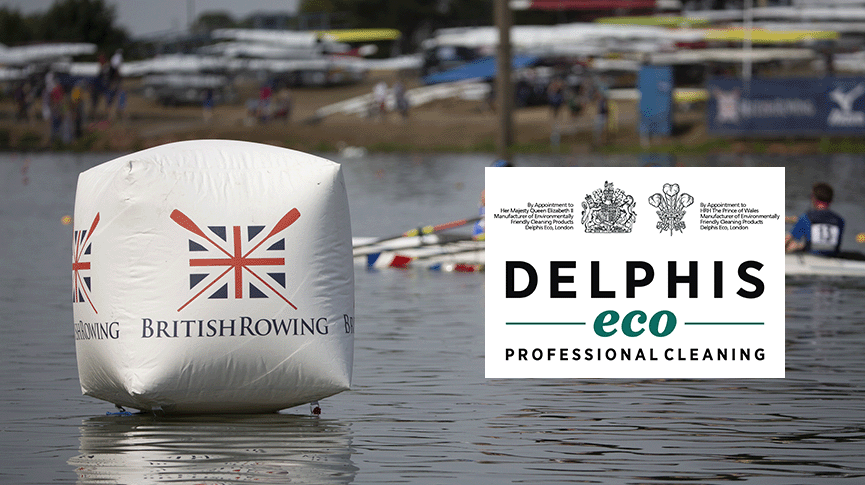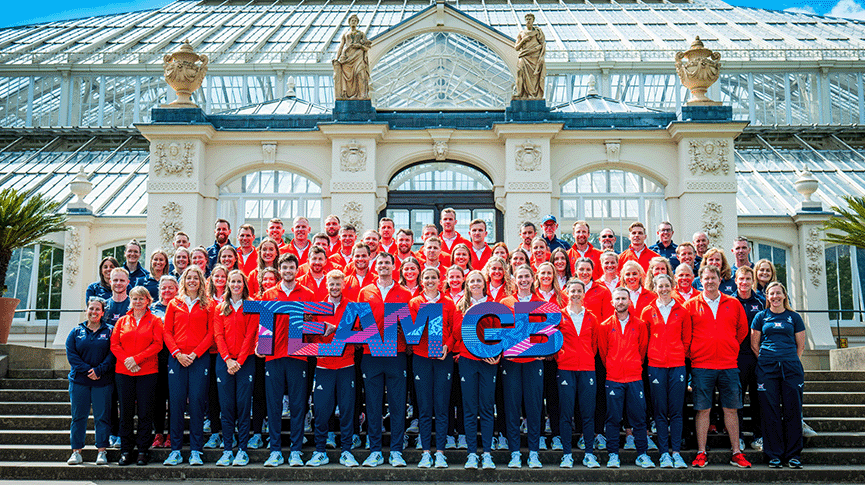Sewage Email Alerts
Thames Water announced last night that a notification system warning when a discharge has been released into the Thames will be available from Monday 8 February. River users can sign up to receive free email alerts by visiting www.thameswater.co.uk.
Speaking at London Rowing Club in Putney, Thames Water director Richard Aylard said, “Somebody in the control room at Mogden makes the final decision that we absolutely have to discharge to the river. We are then required by law to tell the Environment Agency and at that moment they will also put out an email.
“That email will definitely say ‘Mogden is discharging’. I hope we might be able to give people a bit more context and make it a bit more predictive. Because we don’t know what’s going to arrive at the works, sometimes it’s not as easy as you might think to forecast.”
At least 32 million tonnes of storm sewage are discharged into the Thames every year. Heavy rainfall in July led to 20,000 tonnes of raw sewage overflowing into the Thames from the Mogden sewage treatment works in Isleworth jeopardising the health of river users. Mogden’s capacity is currently being increased by 40% but the extension will not be operating until 2013.
Introduced by Olympic gold medallist Andy Hodge, who is working with Thames Water on improving the Tideway, the meeting updated rowers, canoeists and anglers present on how the UK’s largest water and wastewater services company plans to make the river cleaner.
Next month, Thames Water will start work on the first of two tunnels. The £600 million Lee Tunnel project will run from east London’s Abbey Mills Pumping Station to Beckton sewage treatment works. The second and larger Thames Tunnel is being designed to run for 20 miles from west London to Beckton. The tunnel will help to prevent discharges from 34 Victorian overflow points along the Thames. A planning application is expected to be submitted in 2011, with work starting in 2012 and the tunnel being completed in 2020.
Thames Water plans to hold a public consultation in June or July with local communities about preferred excavation and building sites for the Thames Tunnel. Its starting point in west London is still to be confirmed. Phil Stride, Head of London Tideway Tunnels, said, “We only need five to six sites the size of three football pitches but it’s a significant challenge to find these sites. We’ve realised that some of the work will have to take place on the (river) foreshore.”
With six combined sewer overflows (CSOs) in the Tideway vicinity including one at Putney Bridge and another at Barn Elms, there are clear implications for local river users. Minor foreshore work may be needed at the Putney Bridge CSO. Stride added, “The CSOs will take between 18 to 24 months (to complete) whereas the drive shaft could be the full six years. We will do whatever we can to minimise the disruption but we can’t say that there won’t be a disruption.”
“We’re trying to find the best locations,” commented Aylard. “The ones that cause the minimal disruption. There has been some scaremongering by one borough about how we are having to dig up Ravenscourt Park. I had to tell them that that’s a figment of their imagination.”
Afterwards Dr Neil Jackson, British Rowing Div Rep for Barnes & Hammersmith, said, “The meeting was a valuable one but only if it leads to a real consultation in July. It’s useful as a prelude to bigger things.”
Angler and aquatic ecologist, Dr Cassian Edwards was pleased with the upgrade plans but said that they should have been done a long time ago. Thames Water estimates that the planned upgrades, including the Thames Tunnel, will provide sufficient capacity until 2060. “I just hope that it won’t need to be redesigned again in 50 years time,” Dr Edwards said.









